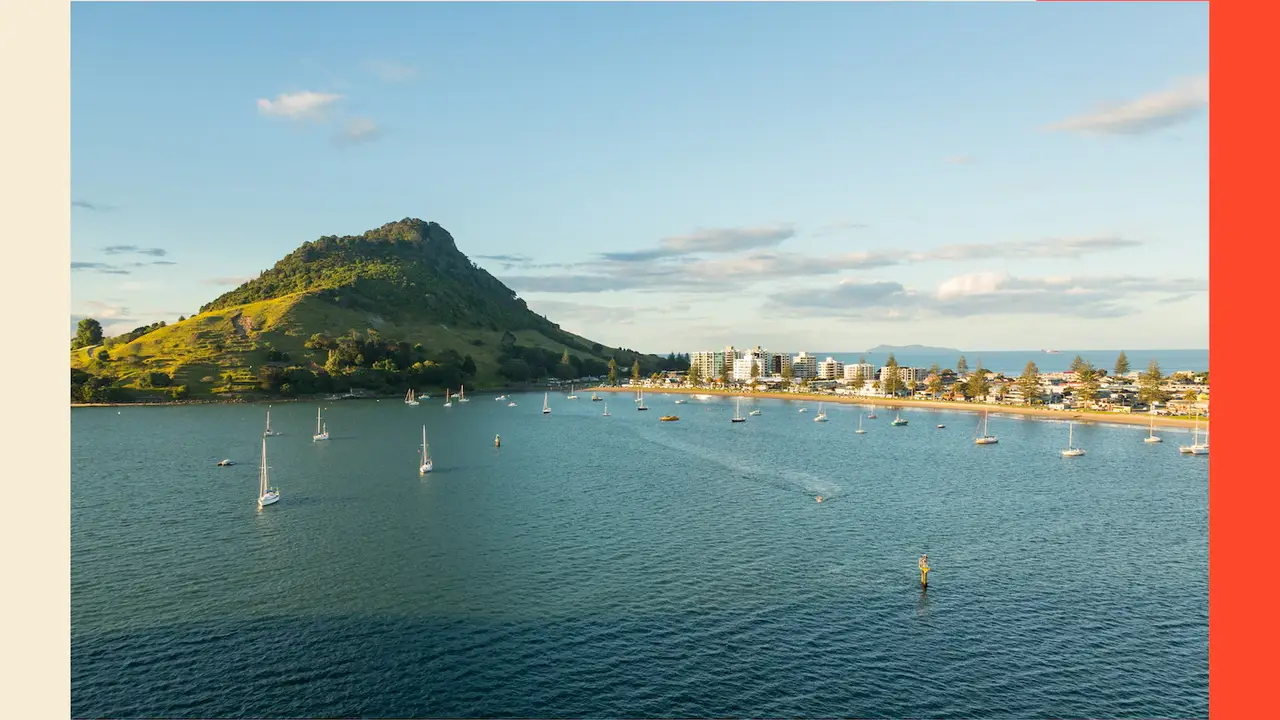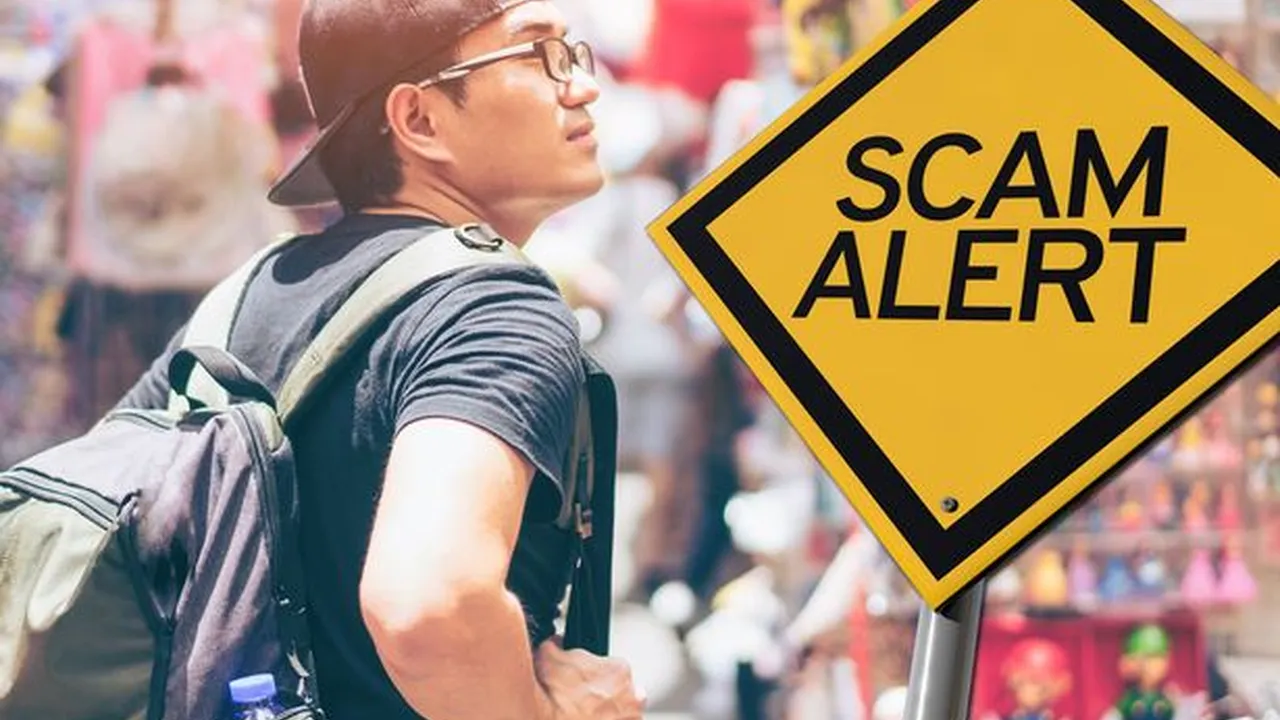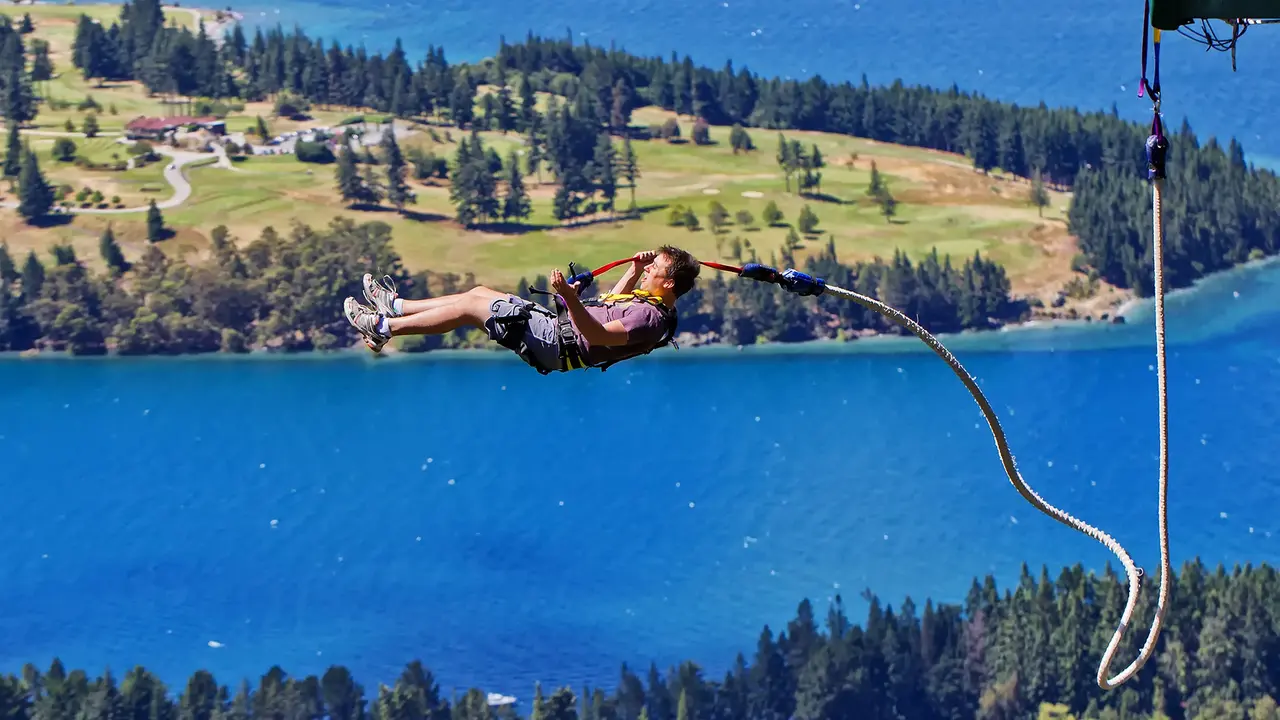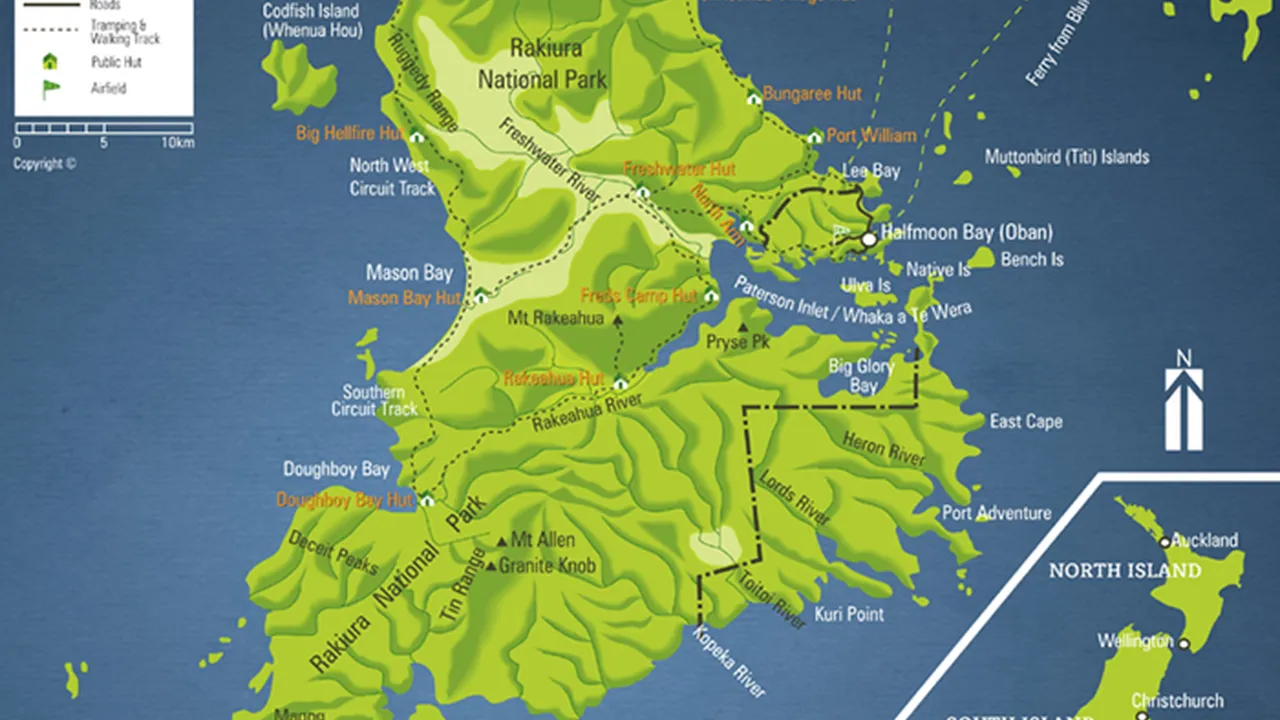New Zealand Travel Checklist: Ensure You're Ready
Sample meta description.

Pre-Trip Essentials New Zealand Visa and Passport
Okay, so you're dreaming of epic landscapes, Maori culture, and maybe even a hobbit encounter? Awesome! But before you even think about packing your hiking boots, let's nail the boring-but-crucial stuff: your visa and passport. First things first: is a visa even required? Check the official New Zealand Immigration website (immigration.govt.nz) based on your nationality. Don't just Google it – go straight to the source! Visa requirements change, so get the latest scoop. If you need a visa, apply *well* in advance. Like, months. Seriously. They can take a while to process, and you don't want to be scrambling at the last minute. As for your passport, make sure it's valid for at least three months *after* your planned departure date from New Zealand. Many countries require six months, so three is the minimum. Also, check for blank pages! You'll need space for entry and exit stamps. Pro-tip: scan your passport and visa and email it to yourself. That way, if the worst happens and you lose them, you have a copy readily available.
New Zealand Travel Insurance Protecting Your Adventure
Right, picture this: you're halfway up a mountain, feeling like a total boss, when *bam!* Twisted ankle. Or your luggage decides to take a detour to Fiji. Or, heaven forbid, something more serious happens. That's where travel insurance comes in. Don't even *think* about skipping it. Seriously. Look for a policy that covers medical expenses (including emergency evacuation – that helicopter ride won't be cheap!), trip cancellation or interruption, lost or stolen luggage, and personal liability. Read the fine print! Some policies exclude certain activities (like extreme sports), pre-existing conditions, or specific regions. Consider adventure sports coverage if you plan on bungee jumping, white-water rafting, or anything else that gets your adrenaline pumping. Compare quotes from different providers. Websites like World Nomads, Allianz, and Travel Guard are good places to start. But again, read the fine print! And make sure you understand the deductible. Pro-tip: keep your insurance policy details readily accessible – both digitally and in a printed copy. Include the emergency contact number.
Packing Essentials for New Zealand Weather and Activities
New Zealand's weather is…unpredictable. You can experience all four seasons in a single day. Seriously! Layering is key. Think lightweight, quick-drying fabrics. A waterproof and windproof jacket is a must. Even in summer. A fleece or sweater for cooler evenings. Long pants and shorts. T-shirts. And comfortable walking shoes or hiking boots. If you plan on hiking, invest in decent hiking boots that are already broken in. Blisters are no fun. Don't forget socks! Wool or synthetic socks are best for hiking. Pack a swimsuit, even if you're not planning on hitting the beach. Hot springs are a thing! Sunscreen, sunglasses, and a hat are essential, even on cloudy days. The UV rays in New Zealand are strong. Insect repellent is also a good idea, especially if you're going to be spending time in forests or near lakes. Sandflies are vicious little buggers. Consider packing a small first-aid kit with essentials like pain relievers, bandages, antiseptic wipes, and any personal medications. And don't forget a reusable water bottle! Staying hydrated is important, especially when you're active. Finally, a universal travel adapter is essential for charging your devices. New Zealand uses Type I plugs.
New Zealand Currency and Banking Managing Your Finances
New Zealand uses the New Zealand Dollar (NZD). It's a good idea to have some cash on hand for small purchases, like coffee or snacks, especially in smaller towns. But credit and debit cards are widely accepted. Visa and Mastercard are the most common. Let your bank know you'll be traveling to New Zealand to avoid your card being blocked for suspected fraud. Check if your bank charges foreign transaction fees. If they do, consider getting a travel credit card that doesn't. You can withdraw cash from ATMs throughout New Zealand. Just be aware that you may be charged a fee by your bank and the ATM operator. Consider using a travel money card. These cards allow you to load funds in NZD and use them like a debit card. They can be a convenient way to avoid foreign transaction fees. And finally, be aware of the exchange rate. It fluctuates, so keep an eye on it in the weeks leading up to your trip. Pro-tip: keep your cash and cards in separate places to minimize the damage if you lose your wallet.
New Zealand Sim Card and Connectivity Staying Connected
Staying connected is pretty crucial these days, right? Whether it's posting envy-inducing photos on Instagram, navigating with Google Maps, or just keeping in touch with family back home, you'll need internet access. You have a few options. You can use your existing mobile plan, but roaming charges can be astronomical. Check with your provider before you go. A better option is to buy a local SIM card when you arrive in New Zealand. Vodafone and Spark are the two main providers. They both offer prepaid plans with data, calls, and texts. You can buy a SIM card at the airport or in most towns and cities. Make sure your phone is unlocked before you go. If it's locked to a specific provider, you won't be able to use a local SIM card. Another option is to use Wi-Fi. Many hotels, cafes, and restaurants offer free Wi-Fi. But be aware that the speed and reliability can vary. You can also rent a portable Wi-Fi device. These devices provide a personal Wi-Fi hotspot that you can use anywhere in New Zealand. They can be a good option if you need reliable internet access for multiple devices. Pro-tip: download offline maps before you go. That way, you can still navigate even when you don't have internet access.
New Zealand Transportation Planning Your Journey
Getting around New Zealand is half the fun! You have a few options, depending on your budget and travel style. Renting a car is the most popular option. It gives you the freedom to explore at your own pace and reach remote areas. But be aware that driving in New Zealand can be challenging. The roads are often narrow and winding, and the traffic can be heavy in cities. Driving on the left side of the road takes getting used to! Consider renting a campervan if you want to combine transportation and accommodation. Campervans are equipped with a bed, kitchen, and sometimes a bathroom. They're a great way to experience the outdoors and save money on accommodation. Buses are a more affordable option. Several bus companies operate throughout New Zealand, offering a network of routes connecting major towns and cities. The InterCity Flexipass is a popular option for budget travelers. Flying is the fastest way to travel long distances. Air New Zealand operates domestic flights between major cities. Trains are a scenic but less frequent option. The TranzAlpine train journey between Christchurch and Greymouth is considered one of the most beautiful train rides in the world. Ferries connect the North and South Islands. The Interislander and Bluebridge ferries operate between Wellington and Picton. Pro-tip: book your transportation in advance, especially during peak season.
New Zealand Accommodation Finding the Perfect Place to Stay
From luxury lodges to budget-friendly hostels, New Zealand has accommodation options for every taste and budget. Hotels are available in most towns and cities. They offer a range of amenities, from basic rooms to luxury suites. Motels are a popular option for road trippers. They offer comfortable rooms with basic amenities, often including a kitchenette. Bed and breakfasts are a great way to experience local hospitality. They offer comfortable rooms and a home-cooked breakfast. Hostels are a budget-friendly option for solo travelers and backpackers. They offer dormitory-style rooms and shared facilities. Camping is a popular option for outdoor enthusiasts. New Zealand has a network of campgrounds, ranging from basic sites to fully equipped holiday parks. Holiday homes and apartments are a great option for families or groups. They offer more space and privacy than hotels. Luxury lodges offer a high-end experience with stunning views and exceptional service. Pro-tip: book your accommodation in advance, especially during peak season and in popular tourist destinations.
New Zealand Activities and Tours Making the Most of Your Trip
New Zealand is an adventure playground! From hiking and skiing to kayaking and whale watching, there's something for everyone. Hiking is a must-do activity. New Zealand has a network of hiking trails, ranging from easy walks to challenging multi-day treks. The Milford Track is one of the most famous hiking trails in the world. Skiing and snowboarding are popular winter activities. New Zealand has several ski resorts, offering a range of terrain for all skill levels. Water sports are popular in the summer. Kayaking, white-water rafting, and surfing are just a few of the options. Whale watching and dolphin watching tours are available in several locations. You can see whales, dolphins, seals, and other marine life. Maori cultural experiences are a great way to learn about the history and culture of New Zealand's indigenous people. You can visit Maori villages, attend cultural performances, and learn about traditional crafts. Adventure activities are a thrill-seeker's paradise. Bungee jumping, skydiving, and white-water rafting are just a few of the options. Lord of the Rings tours are a must for fans of the movies. You can visit filming locations and learn about the making of the films. Pro-tip: book your activities and tours in advance, especially during peak season.
New Zealand Food and Drink Savoring the Flavors
New Zealand's cuisine is a fusion of Maori, European, and Pacific flavors. Lamb is a national favorite. Roast lamb is a traditional Sunday dinner. Seafood is abundant. Fresh fish, mussels, and oysters are just a few of the options. Pavlova is a classic New Zealand dessert. It's a meringue-based dessert topped with whipped cream and fruit. Hokey pokey ice cream is a popular flavor. It's vanilla ice cream with chunks of honeycomb toffee. Wine is a major industry. New Zealand is known for its Sauvignon Blanc and Pinot Noir wines. Craft beer is gaining popularity. New Zealand has a growing number of craft breweries. Coffee culture is thriving. You'll find excellent coffee in most towns and cities. Maori hangi is a traditional Maori feast cooked in an underground oven. It's a unique culinary experience. Pro-tip: try the local specialties and explore the diverse food scene.
New Zealand Etiquette and Customs Respecting the Culture
New Zealanders are generally friendly and laid-back. Politeness is valued. Saying "please" and "thank you" is appreciated. Tipping is not expected. But you can tip for exceptional service. Punctuality is important. Arriving on time for appointments and meetings is considered respectful. Dress casually. But dress appropriately for the occasion. Removing your shoes before entering someone's home is customary. Ask before taking photos of people. Especially Maori people. Be respectful of Maori culture and traditions. Learn about Maori protocols and customs. Avoid littering. New Zealand is a beautiful country, and it's important to keep it clean. Be aware of the environment. Protect the native flora and fauna. Pro-tip: learn a few basic Maori phrases. It's a sign of respect and can enhance your experience.
Recommended Products for Your New Zealand Trip
Let's talk gear! Here are a few specific product recommendations that will make your New Zealand adventure smoother. Remember to check current prices on sites like Amazon, Kathmandu (a popular New Zealand outdoor retailer), or local outdoor stores before you buy!
Hiking Boots Salomon X Ultra 4 GTX Hiking Shoes Price $150-$180
Scenario: Tackling the Tongariro Alpine Crossing or any of New Zealand's stunning day hikes. Comparison: Compared to Merrell Moab 2, the Salomon X Ultra 4 GTX offers superior ankle support and a more aggressive tread for better grip on uneven terrain. While the Merrell Moab 2 is a great budget option, the Salomon's Gore-Tex lining provides better waterproofing. Details: These boots are lightweight, waterproof, and offer excellent support. The Gore-Tex lining will keep your feet dry even in wet conditions. The Contagrip outsole provides excellent traction on a variety of surfaces. Price: Approximately $150-$180. Check for sales!
Waterproof Jacket Arcteryx Beta AR Jacket Price $500-$600
Scenario: Experiencing New Zealand's unpredictable weather. Comparison: Compared to a cheaper jacket like the Marmot PreCip Eco, the Arcteryx Beta AR offers superior breathability and durability. While the Marmot PreCip Eco is a good budget option, it's not as durable or breathable as the Arcteryx. Details: This jacket is waterproof, windproof, and breathable. It's made from Gore-Tex Pro fabric, which is incredibly durable and will keep you dry in even the heaviest rain. It's an investment, but worth it for serious outdoor adventurers. Price: Expect to pay around $500-$600. Shop around for deals.
Travel Backpack Osprey Atmos AG 65 Price $280-$320
Scenario: Backpacking around New Zealand. Comparison: Compared to the Gregory Baltoro 65, the Osprey Atmos AG 65 is lighter and more comfortable, thanks to its Anti-Gravity suspension system. While the Gregory Baltoro 65 is a more robust pack, the Osprey offers better ventilation and a more comfortable fit. Details: This backpack is comfortable, durable, and has plenty of storage space. The Anti-Gravity suspension system distributes weight evenly, making it comfortable to carry even when fully loaded. Price: Around $280-$320.
Portable Power Bank Anker PowerCore 20100 Price $40-$50
Scenario: Keeping your phone and other devices charged on long hikes or camping trips. Comparison: Compared to smaller power banks, the Anker PowerCore 20100 offers more capacity and can charge your devices multiple times. While smaller power banks are more compact, they may not have enough capacity for a long trip. Details: This power bank is compact, lightweight, and has a high capacity. It can charge your phone multiple times and is perfect for keeping your devices powered up on the go. Price: Around $40-$50.
Travel Adapter Universal Travel Adapter Worldwide All in One Price $20-$30
Scenario: Charging your devices in New Zealand. Comparison: Compared to individual adapters, a universal travel adapter is more convenient and can be used in multiple countries. While individual adapters are cheaper, they are not as versatile. Details: This adapter is compatible with outlets in over 150 countries and has multiple USB ports for charging your devices. Price: Around $20-$30.
Driving in New Zealand Tips for a Safe Journey
Driving in New Zealand can be an amazing experience, but it's important to be aware of the challenges. Remember to drive on the left side of the road. This can be tricky if you're used to driving on the right. Be careful on narrow and winding roads. Many of New Zealand's roads are narrow and winding, especially in rural areas. Take your time and drive carefully. Watch out for cyclists and pedestrians. Cyclists and pedestrians share the roads in New Zealand. Be aware of their presence and give them plenty of space. Be prepared for changing weather conditions. New Zealand's weather can change quickly. Be prepared for rain, wind, and fog. Allow plenty of time for your journey. Distances in New Zealand can be deceiving. Allow plenty of time to reach your destination. Take breaks. Driving can be tiring. Take regular breaks to rest and stretch. Be aware of the speed limits. The speed limit in New Zealand is 100 km/h on open roads and 50 km/h in urban areas. Check your vehicle. Before you start your journey, check your vehicle's tires, fluids, and lights. Be aware of one-lane bridges. Many rural roads have one-lane bridges. Give way to oncoming traffic. Plan your route. Use a map or GPS to plan your route. Be aware of road closures. Check for road closures before you start your journey. And most importantly, drive safely and enjoy the scenery!
Understanding New Zealand's Unique Wildlife and How to Protect It
New Zealand is home to some of the most unique and endangered wildlife in the world. It's crucial to be respectful and help protect these incredible creatures. Learn about the native species you might encounter, such as the kiwi, kea, and tuatara. Never feed wildlife. Feeding wildlife can disrupt their natural feeding habits and make them dependent on humans. Stick to marked trails. Staying on marked trails helps to protect the delicate ecosystems. Clean your gear. Clean your hiking boots and other gear to prevent the spread of invasive species. Dispose of your rubbish properly. Litter can harm wildlife. Support conservation efforts. Donate to conservation organizations that are working to protect New Zealand's wildlife. Be aware of biosecurity. New Zealand has strict biosecurity laws to protect its unique environment. Declare any food or plant material you are bringing into the country. Report any unusual wildlife sightings. If you see any sick or injured wildlife, report it to the Department of Conservation. And remember, respect the environment and leave no trace.
:max_bytes(150000):strip_icc()/277019-baked-pork-chops-with-cream-of-mushroom-soup-DDMFS-beauty-4x3-BG-7505-5762b731cf30447d9cbbbbbf387beafa.jpg)






